
In 1971, a curious album credited to La Banda Plástica de Tepetlixpa appeared on Caleidofon, an obscure label out of Mexico City. The cover featured a photograph—formatted to look like an old snapshot—of a village brass band, complete with bass drum and sousaphone. The group was posed beneath a large banner reading Adiós a los Beatles. At the top of the layout were the titles of ten Beatles songs. Something out of the ordinary was certainly happening here. Putting needle to disc proved the record to be exactly what it seemed: a village band from rural Mexico playing covers of Beatles tunes in a charmingly naïve style. At this point, the listener would undoubtedly have a number of questions. Turning the cover over to read the liner notes, however, would only increase the mystery.
The notes, written by producer José M. Silva, claimed that the Beatles were traveling in Oaxaca when someone told them about the famous volcanoes known as “Popo” and “Ixta,” just southeast of Mexico City. The story goes on to say that after visiting the volcanoes, the band passed through “a picturesque village” in the state of México called Tepetlixpa. There they were welcomed with a feast of mole, pulque, nopales, and tortilla chips. During their stay they were so surprised to hear the local brass band playing their music that they wept, expressing gratitude to their hosts. “We will never forget you,” they said, “but now it’s time to leave.” Silva ends his tale with the question, “Will they be back?”
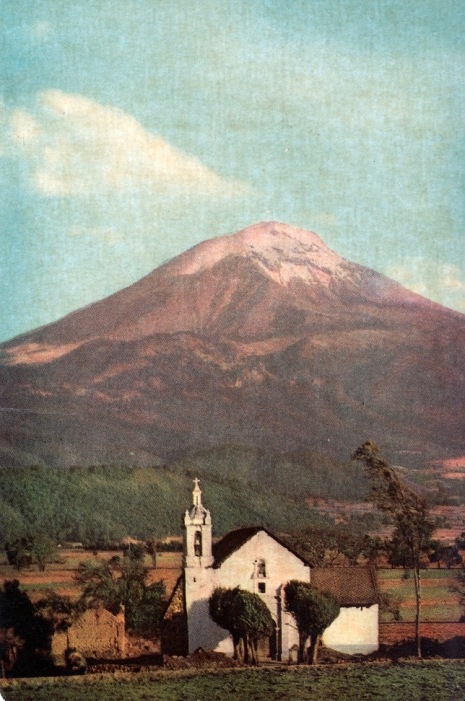
The volcano known as “Popo”
The implication of the essay is that the photo on the cover of the album was taken as the Beatles were leaving Tepetlixpa, the village band seeing the group off on their further adventures. Both the content and tone of this tale make it fairly obvious that it is a fantasia. From its first line, “And the magical mystery tour began,” it casts the Beatles as psychedelic adventurers, traveling in Oaxaca “where they had mysterious experiences comparable only to those in faraway Tibet.” This view of the group was one that would already be familiar to audiences through portrayals in Yellow Submarine and The Magical Mystery Tour. This is the myth of the unified group, spreading joy and enlightenment through its music. This image of the Beatles as a crew of jolly psychonauts had not yet completely faded, as the full story of just how dysfunctional the group had become would not emerge for a few more years. It is unlikely that Silva intended his little fable to be taken literally. It seems, however, that as obscure as the record is, this tale has leaked out over the years into the great body of Beatles folklore. How did this happen? The key to answering this is to understand why an audience in 1971 would believe that John, Paul, George, and Ringo might actually have traveled together to Oaxaca.
The Beatles’ visit to India in early 1968 cemented in the public mind the image of a group that was willing to travel to the ends of the Earth in search of higher consciousness. In reality, their visit to the subcontinent was something of a train wreck, but this gets lost beneath the symbolic power of the group’s choice to go there at all. Perhaps more importantly, the trip served to highlight and further popularize a phenomenon that was already in full swing by 1968: the Hippie Trail. When the Hippie Trail is mentioned today, the reference is usually to the overland route from Istanbul to Kathmandu. This was indeed the Mother Road for counterculture travelers, one that often brought them face to face with the truths behind their orientalist fantasies. This wasn’t the only Hippie Trail, however. There was another that ran throughout Latin America. This route had the benefit of not requiring an airline ticket for North Americans, who could simply hitchhike to El Paso, San Diego, or Brownsville and walk across the border. From there, the thumb and cheap public transportation could get them at least as far as Panama. Whereas most travelers who headed out from Istanbul were bound for India or Kathmandu, travelers on the Latin route could be headed most anywhere, although there were a number of sites where the travelers tended to gather. Two of these were the villages around the volcanoes near Puebla—not far from Tepetlixpa, where our village band made its home—and the state of Oaxaca.
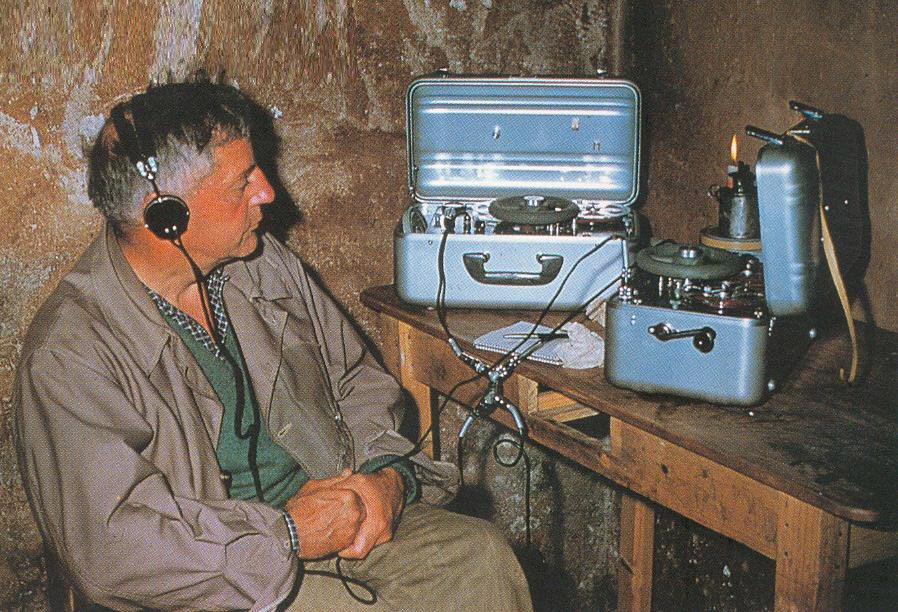
In late June, 1955, R. Gordon Wasson, a banker turned ethnobotanist, visited the state of Oaxaca along with New York society photographer Allan Richardson. Wasson and Richardson lodged with an Indian family in a rural Mazatec village, an area so off the beaten path that Spanish was still a foreign language to its inhabitants. With the help of a Spanish-speaking local official, the pair was introduced to a local curandera named María Sabina who agreed to oversee their initiatory velada, a highly ritualized healing ceremony in which participants tripped on psilocybin mushrooms. Wasson published a detailed account of this experience in the May 13, 1957 issue of Life magazine. This was perhaps the first in-depth mass media treatment of the psychedelic experience in the English language, one that made its way into supermarkets, beauty shops, and suburban homes. In the article, Wasson described his hallucinations in vivid detail:
They began with art motifs, angular such as might decorate carpets or textiles or wallpaper or the drawing board of an architect. Then they evolved into palaces with courts, arcades, gardens—resplendent palaces all laid over with semiprecious stones. Then I saw a mythological beast drawing a regal chariot. Later it was though the walls of our house had dissolved, and my spirit had flown forth, and I was suspended in mid-air viewing landscapes of mountains, with camel caravans advancing slowly across the slopes, the mountains rising tier above tier to the very heavens. Three days later, when I repeated the same experience in the same room with the same curanderas, instead of mountains I saw river estuaries, pellucid water flowing through an endless expanse of reeds down to a measureless sea, all by the pastel light of a horizontal sun. This time a human figure appeared, a woman in primitive costume, standing and staring across the water, enigmatic, beautiful, like a sculpture except that she breathed and was wearing woven colored garments. It seemed as though I was viewing a world of which I was not a part and with which I could not hope to establish contact. There I was, poised in space, a disembodied eye, invisible, incorporeal, seeing but not seen.
This was heady stuff for 1957, and it is now known that this article heavily influenced a number of budding psychonauts, including a young Terence McKenna.
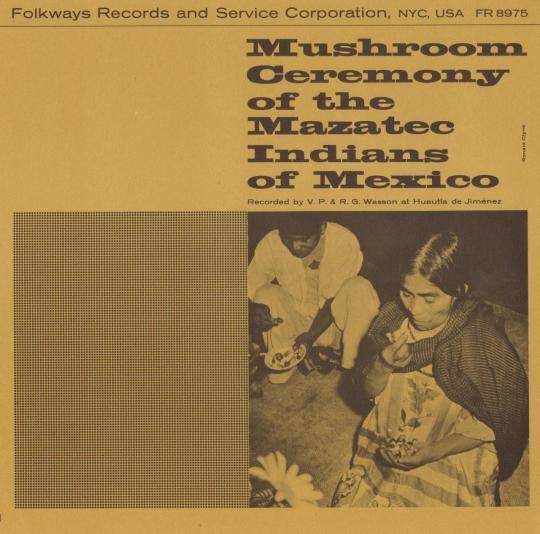
Wasson’s Life article was followed by Folkways Records’ release the same year of his recording of a velada he had participated in with María Sabina, called Mushroom Ceremony of the Mazatec Indians of Mexico. On June 16, 1958, Time magazine followed up with an article called “Medicine: Mushroom Madness” that discussed both Wasson’s work and that of Albert Hofmann, the discoverer of LSD. Nearly a decade earlier than is commonly credited, the psychedelic era had begun.
When Wasson’s article in Life was published, he didn’t identify María Sabina by name. He used the pseudonym “Eva Mendez” and was vague about her specific location. In time, however, he let slip both Sabina’s name and the name of her village, Huautla de Jiménez. By the late 60s, with the Hippie Trail at its height, Sabina found a constant stream of oddly dressed foreigners knocking on her door, sometimes with a translator asking her to help them “find God.” She would gently respond that her mushrooms could not assist them in their search for the Deity, but were intended to heal specific ailments. Despite the fact that this parade of freaks provided something of an economic boon to the area, the conservative villagers did not take well to them. In time, Sabina was falsely accused of selling marijuana to the travelers. This feeling of ill will also led to her house being burnt down by someone who resented the disruption of traditional village life.
In the underground culture of the late 60s and early 70s, the words “Oaxaca” and “María Sabina” meant one thing: magic mushrooms. Perhaps because of this fame, all manner of celebrities are alleged to have visited Huautla. If someone was famous and even marginally associated with psychedelic culture, they were often said to have made the pilgrimage to María Sabina’s door. This list includes Bob Dylan, Alejandro Jodorowsky, Walt Disney, Cat Stevens, Aldous Huxley, and, of course, the Beatles. The details of most of these rumors are sketchy, and so far none of them have been proven to be based on anything other than wishful thinking.
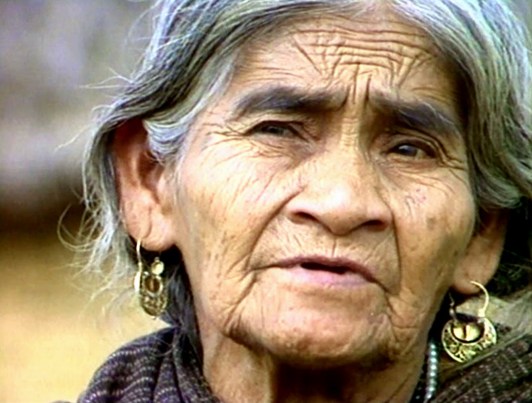
María Sabina
As in most of the world, the Beatles were hugely popular in Mexico. Their records were released there and, despite the occasional ban, their films were shown. There is no documentary evidence that the Beatles ever traveled to the country, however. During the summer of 1965, the band was reportedly booked to play a concert in Mexico City, but the country’s authoritarian government canceled the show, stating that its youth were not ready for male rock and roll musicians with long hair. (This is the story, anyway. Although this detail has been widely reported as fact, I have not been able to confirm its source. Mark Lewisohn mentions in his book The Complete Beatles Chronicles that an early draft of the band’s itinerary for their 1965 tour listed a date in Mexico City for August 28 that was later removed. This is the sole mention of any documentary evidence I have been so far able to locate.)
There is not just one rumor of the Beatles’ alleged visit to southern Mexico; there are several. The number of variations on the Beatles rumors probably speaks to the amount of mental energy given the band over the years, as well as to the nature of folklore itself. The first of these is the story previously mentioned, in which the Beatles show up in Tepetlixpa—a small village that just happens to contain a Beatles cover band—after having been told by someone of the volcanoes in that region. A more vague rumor is that the Beatles visited Oaxaca in the mid-60s, around the time they were recording Revolver. Another story, equally lacking in detail, is that John and Yoko visited María Sabina in 1970.
A story that requires a bit more thought, though, is told by Álvaro Estrada in an early edition of his book Vida de María Sabina. He described widespread rumors during the summer of 1969, that a Cessna landed at Huatla de Jiménez carrying John, George, pilot Carlos Ávila Camacho, and an anthropologist named Brenda. They stayed at a local hotel, the Posada Rosada, and after sampling the local weed, put the word out that they wanted to meet María Sabina. Sabina sent a return message saying that she was too tired to meet them that night, but would do so the following evening. Since the entourage didn’t want to wait, they tracked down another sabia named Josefina Terán and did their velada with her in exchange for a few pesos. The story ends with Lennon having a bad trip, running from the hut screaming, “Don’t let them kill me!”
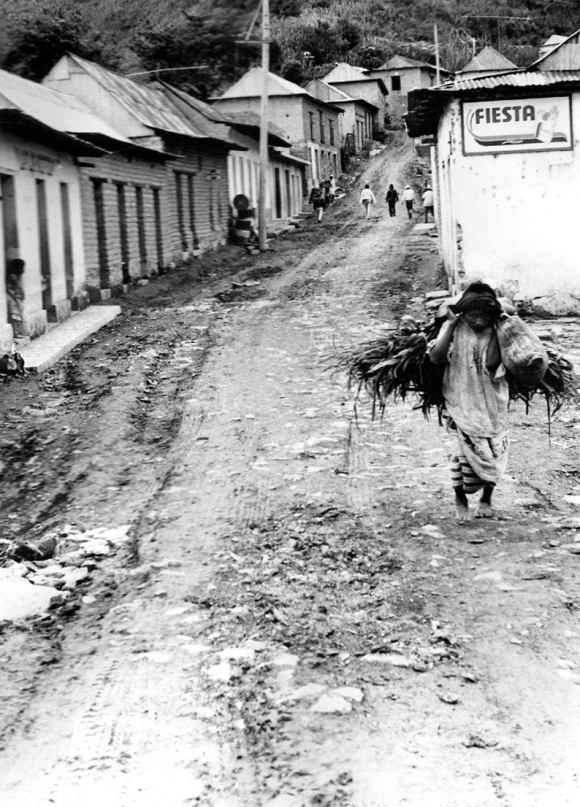
Huautla de Jiménez during the Hippie Trail days
This last story is worth considering carefully. Although he seems to have removed the anecdote from later editions of his book, it is an interesting fact that Estrada chose to repeat it at all. Álvaro Estrada was an educated local who was fluent in the Mazatec language and knew both R. Gordon Wasson and María Sabina well. The amount of detail the story provides places it in a different category than the others. The mention of an anthropologist named Brenda gives the tale the sense of being recounted by someone who was actually present and only caught the first name. The other details—the name of the pilot, the woman who stood in for María Sabina, and the specific hotel—all lend an air of believability. What doesn’t make sense, however, is why the group would go to all the trouble to charter an airplane to visit the legendary curandera, and then settle for a replacement simply because she couldn’t meet with them until the following evening. The detail of Lennon running from the hut in terror also feels suspiciously tacked on, as if the story needed a bit of drama, a punch line. It’s important to remember that Estrada does clearly state that this was a rumor, and that he removed it from later editions of his book. Once Huautla became a center of countercultural pilgrimage, it also became a place where travelers would exchange information. This is a fertile environment for the creation of rumor and legend. One guess would be that the story either originated or was embellished locally, where the details were added.

In the end, we are left with a single physical artifact: La Banda Plástica de Tepetlixpa’s Adiós a los Beatles album. The disc must have sold well, as Discos Caleidofon reissued it in the mid-70s. The reissue featured a more colorful cover showing a psychedelicized painting of the Fab Four, with the story of the Beatles’ arrival at Tepetlixpa repeated on the back cover. It would be fascinating if someday the real story behind the album’s creation were unearthed. On the turntable, the disc at first sounds like any one of a hundred other “folkloric” albums of local bands from Latin America. But ten or fifteen seconds into the first tune, something both recognizable and jaw dropping emerges. There’s little doubt that the album was marketed as a novelty, and there’s no reason to believe that the story of the Beatles’ trip through Mexico was anything more than advertising copy. It’s also easy to speculate that the project originally started out as an LP to memorialize the Beatles’ recent breakup (thus the banner reading Adiós a los Beatles), and that the story of the group’s visit was added later on. Regardless of whether the label nurtured the performance or discovered the band in situ already performing this material, the record is an important document. It captures a moment in which a great cultural wave from the industrial north—the 60s psychedelic movement—crashed firmly and irreversibly into the society of a developing nation, greatly influencing both its conservative small town musicians and its deepest indigenous traditions.
—Stephen Canner
Resources

Very nice. Would love to hear the rekkid.
LikeLike